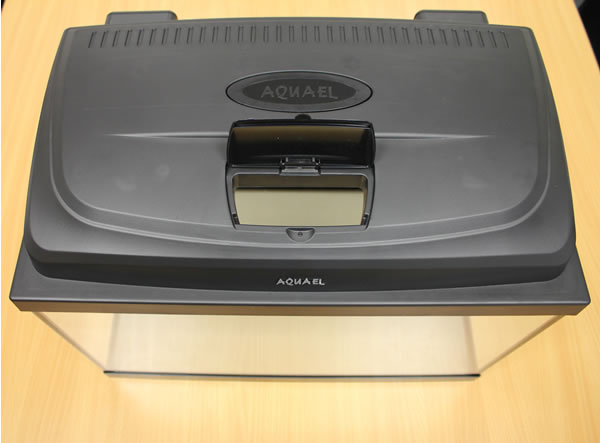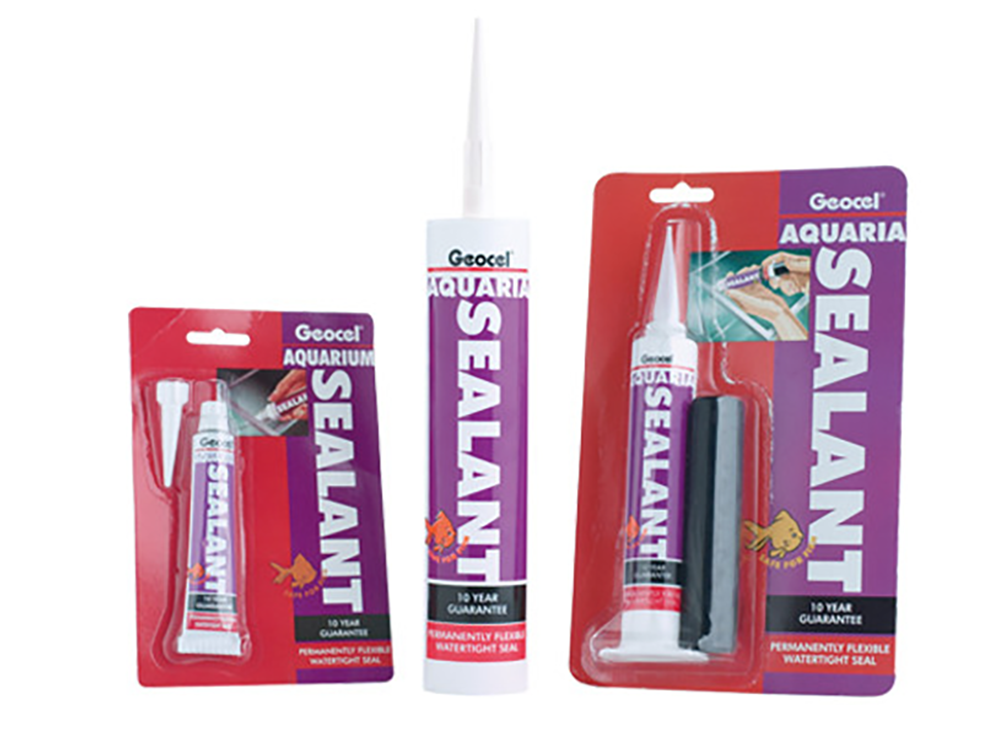How to fix a fish tank leak
A leaking tank can be a worrying time for fishkeepers. Here are some pointers for what to do in an emergency:
Can you see the leak? Or can you just see water around the tank? First, establish if the tank itself is leaking or if its any associated equipment. Does the tank have an external power filter and if so are its inlet and outlet pipes in the tank as they should be? Have you maintained the filter recently and not closed it properly, or not done up the locking clips? If it's the filter, fix the problem and the leak will be solved.
Do you use an air pump? If so does it have a non-return valve? Non-return valves are essential for all air pumps as, if the power goes off, the pump will stop pumping air into the tank and start sucking water out of it. Airline is thin but it starts a tiny syphon which will draw tank water into the body of the air pump (breaking the pump,) but also allowing tank water to escape out of what was the pump’s air inlet. If the air pump is to blame get a new pump and fit that all-important non-return valve so that it can't happen again.
Another really common one with air pumps is the water the bubbles cause on the inside of the tank lid which then run down the back of the tank. This can be enough to cause what looks like a leak over time, but its catually from the airstone in the tank and the integrity of the tank is not affected. Telltale limescale streaks down the back of the tank are a certain sign of water escape, but the cause is the airstone. Move the airstone away from the edge of the tank or fit a condensation cover to prevent further splashing.
If its none of the above, turn everything off and observe. Is the water coming quickly or slowly? Dry it up with a towel and then watch to try to see where the leak is coming from. Check the edges of the tank at the silicone seals to see if you can see water coming out of the sides. If its coming from under the tank base fram the leak could actually be in in any corner or any bottom edge of the four glass panels. Remove some water from the tank and see if its still leaking. Put kitchen towel down to try and trace the source of the leak.
If the leak is somewhere in the base, everything will have to come out. The best option is a spare aquarium, but failing that fill a clean bucket with tank water, then move the heater and filter into the bucket, then the fish. The Filter and heater will keep the fish alive in the bucket for days if necessary. Put an airstone in the bucket to ensure the fish have enough oxygen and place a towel over the top to keep them dark and stop them from jumping out. Don’t feed the fish while they are in the bucket and conduct regular tests for ammonia.
Empty the tank, remove all the gravel and decor and dry it with kitchen towel. Examine the silicone - can you see a break in the silicone anywhere? Place the dry tank on a bed of dry kitchen towel, fill it up and watch where the water is escaping through the base. Mark the place on the outside by circling with a marker pen, empty the tank again and dry it off.

How to reseal an aquarium
Using aquarium silicone, apply an even bead across the place where the leak is. If you want to be doubly sure, apply silicone to the inside of the tank and the outside. Leave it to dry for 24 hours then conduct a leak test again using paper towels and clean water. If you can’t see the leak but know it's in the base, apply an even bead of silicone all around the base of the tank, even over the old seal. And if you want to be doubly sure apply a layer of silicone all the way around the base where the panels meet on the outside. Run silicone up the corners and you should have a totally resealed aquarium.









